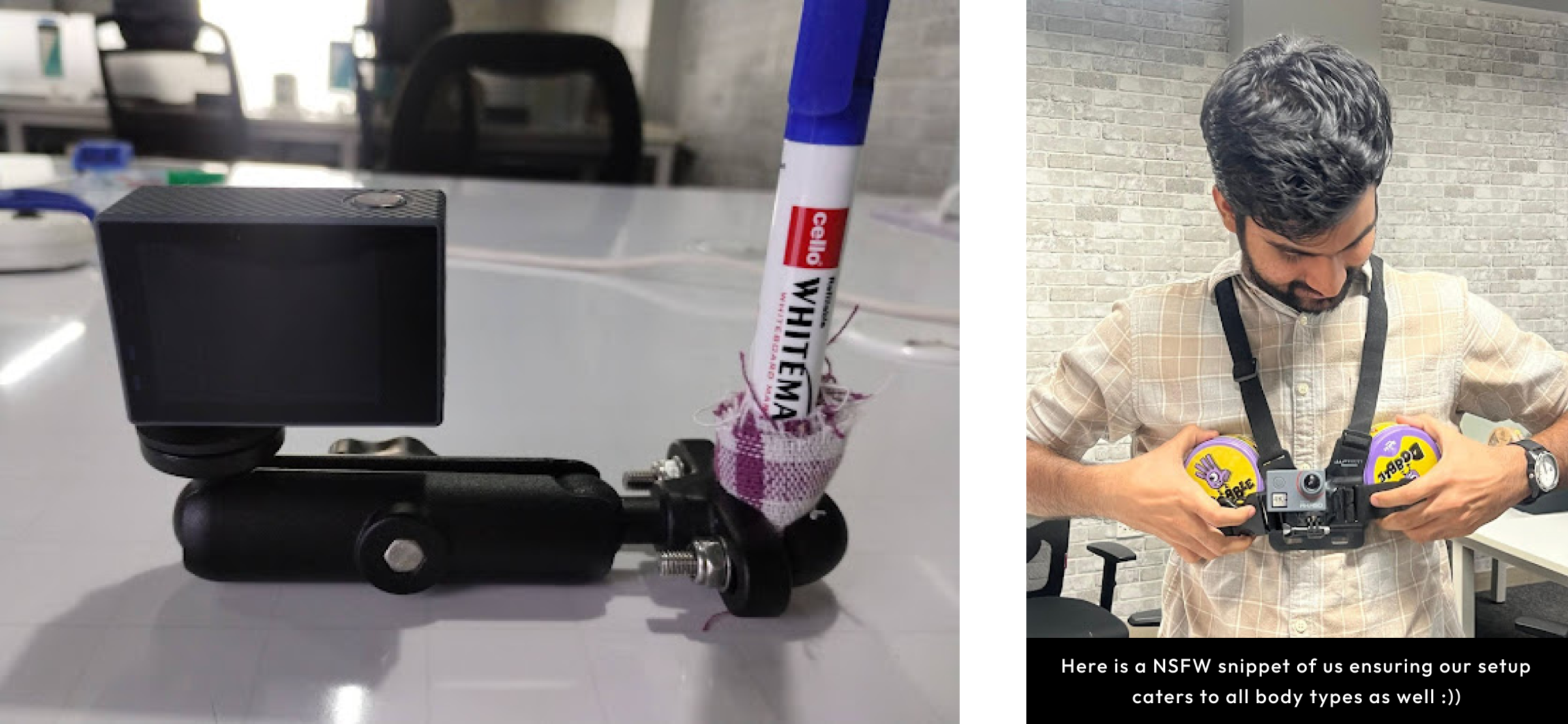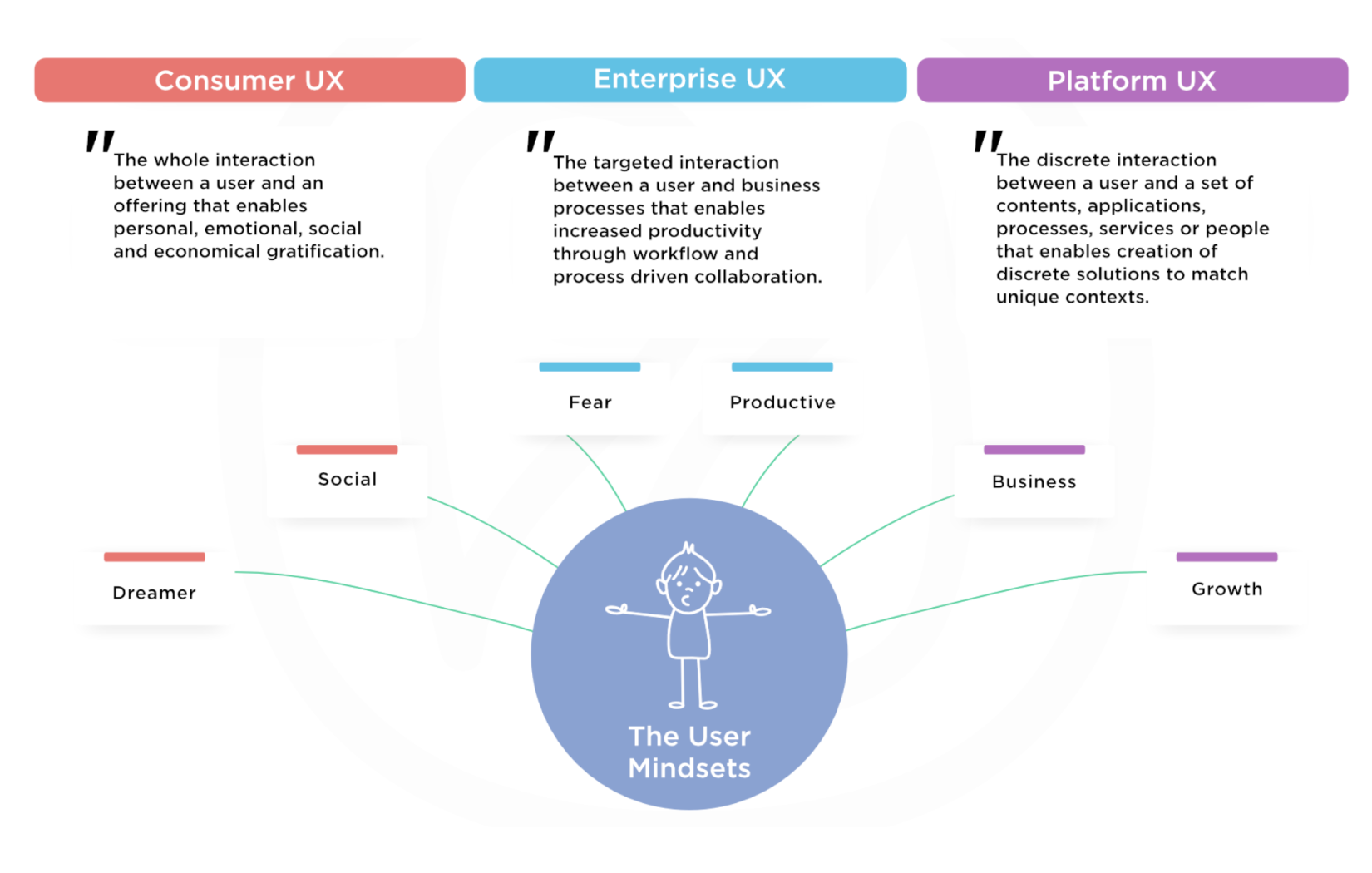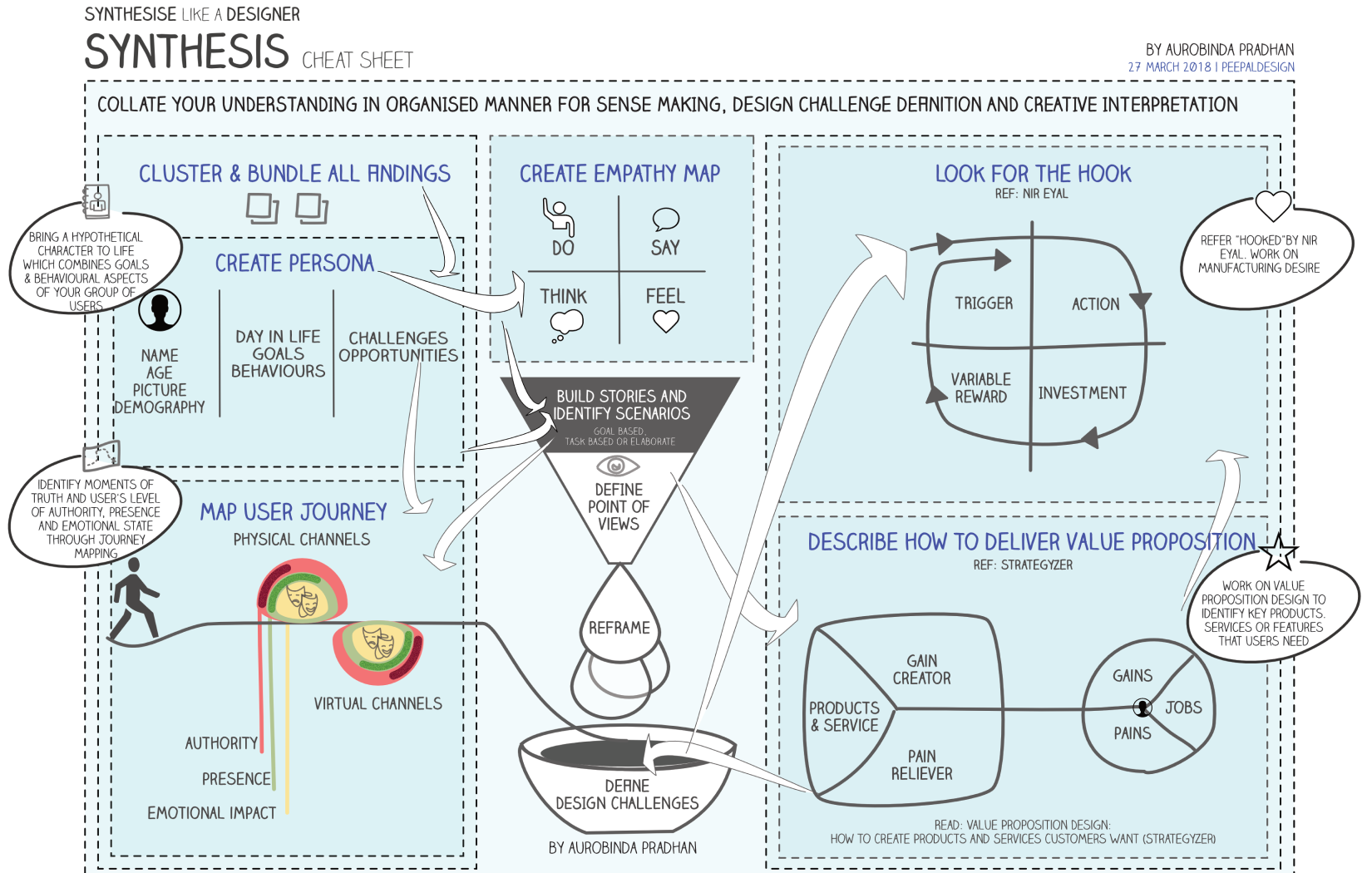Blogs
Behind the Wheel: The Not-So-Fun Part of Research
Sahana Sundar
Posted On January 3, 2025

What happens before the data is collected often defines the success of a research study. It’s in the planning, the troubleshooting, and the countless little adjustments that make everything run smoothly. When we think about research, we usually picture the insights—the aha moments, the patterns in the data, the stories participants share. Logistics? Sure, it’s necessary, but it always felt secondary. But, our recent study for a leading map & navigation platform in India, which involved following participants through complex driving routes, was one of those projects where logistics took center stage. The research itself was important, of course, but it was the work behind-the-scenes that truly shaped the experience for both us and the participants.
Laying the Groundwork
When you’re dealing with real-world scenarios, especially in a place as dynamic as India, you quickly realize that research doesn’t always go according to plan. For some context, we had to figure out 5 routes in Bangalore that involve some level of complexity, and get 30 people to drive around these routes in their cars or bikes using 3 different navigation apps (Apple Maps, Google Maps and Mappls). Sounds simple right? Not really, considering that participants had to record their drives using GoPro-like action cameras so that we can see their navigation app and the road. To add on to this, every car and every scooter is different. We knew that if the set-up was confusing or difficult to follow, we’d lose their trust and risk the quality of the data. So, we had to have one that worked seamlessly for all situations.
So, we developed detailed onboarding kits (28 pages!) — with study instructions, steps for set-up, and ways to troubleshoot. These manuals can’t just be a long document no one reads, so we had to make it consumable with pictures, quick links and checklists that they have to follow step by step to even begin the study. We also hosted group seminars to visually demonstrate the extensive tech set-up. This way, participants knew exactly what to expect before they even set off.
What made it interesting was how new it was for all of us. No one had done something quite like this before, so there wasn’t a template we could follow. It was a constant process of trial and error, figuring out what worked, what didn’t, and how to make things better on the fly.
Living the Study: Experiencing the Routes Firsthand
If you’re going to ask participants to drive down routes, you better be sure that you really understand what they’re going to experience. That’s why we had to drive along the routes ourselves first with the tech setup. We knew that getting a firsthand feel for the roads would give us valuable insight into the potential obstacles participants might face, to allow us to plan better but it also made creating the guidebooks more thorough. We caught details we might have missed otherwise and turned them into clear, actionable instructions.
But that’s not all. We also needed to test our tech setup, not just in a car but on a bike as well, since participants would be using both. There’s no point in asking participants to follow a setup that hasn’t been fully tested in real-world conditions. From ensuring phones were securely mounted to solving problems with connectivity or screen visibility, we got to work solving issues before our participants even got in the driver’s seat. A research can’t truly be Indian if it did not involve some kind of jugaad. To ensure that the camera is held firmly to the car headrest, we had to ship a piece of cloth to add thickness to the headrest as the mount we used was not actually designed for cars. And we ended up using a marker to demonstrate how to fix the mount to the car.

Navigating India’s Roads
If you’ve driven in India, you know it’s not your typical driving experience. Roads vary widely, traffic can be unpredictable, and network coverage isn’t always reliable. So, we had to take great care in selecting routes that would be both practical and challenging enough to test the app’s performance. What looked like a great route on a map sometimes turned out to be blocked or inaccessible in real life.
One of the biggest hurdles was adapting the setup to work for both cars and two-wheelers. For cars, it was easier to ensure steady device visibility and navigation instructions, but on a bike, things like sunlight reflecting off the screen or background noise made hearing the instructions nearly impossible. We had to be creative—adjusting screen brightness, using earphones, and playing with different mounts to make sure everything was as clear as possible. And not to forget the efforts from our participants, some of whom were kind enough to coordinate with us to test out some equipment on their vehicles before we shipped it to everyone else.
Conclusion
At the end of the day, the real success of this study wasn’t just in the data we collected—it was in the hours of prep, problem-solving, and logistics that went into creating a smooth experience for our participants. We spent a lot of time thinking through every possible scenario, adjusting things on the fly, and trusting that our efforts would make the research process easier for everyone involved.
The data we got was meaningful, but it was all built on our suffering, the foundation of careful planning and the behind-the-scenes work that made everything run seamlessly. Logistics may not always get the spotlight in research, but when done right, it can make all the difference.


